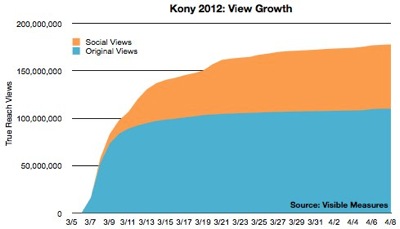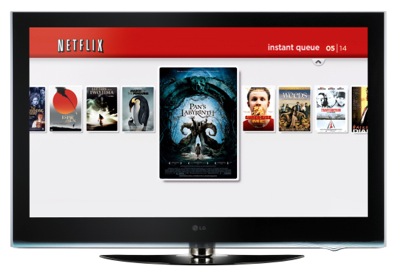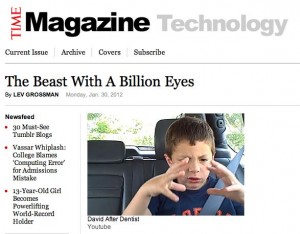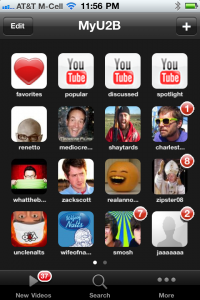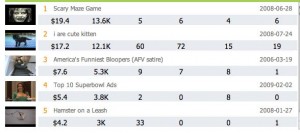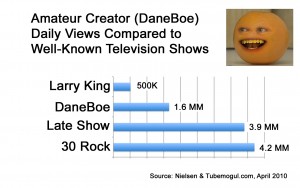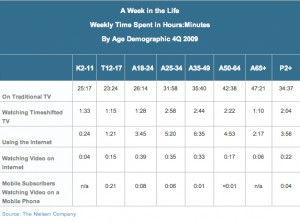What do you need to know about online video for 2016? Here’s a convenient “round up” for your viewing pleasure.

- Mobilization. Mobile advertising is growing 66% and desktop is just 5 percent. What’s interesting to me is that 36% of our time is spent on TV, and 39% of the ad spending is there. But we’re spending 25% of our self on mobile, while only 12% of ad spending is on mobile. Implication: watch for way more advertising in your apps, on mobile-enabled site, and perhaps even while you text. (KPCB Internet Trends, June 1, 2016)
- Mobile vs desktop tie. By 2020, online-video advertising will be about 50% mobile and 50% desktop.
- Pay TV is stuggling. About 86% US Internet users think pay TV is too expensive. Some forecast a decline (source: TVFreedom, : SNL Kagan as cited in Video Advertising Bureau, 2015).
- TV ain’t dead. According to eMarketer “TV will continue to grow and remain the top video advertising format through 2020.” That said, our time with digital video (versus TV) changed in 2012 and the gap has widened, with digital outpacing TV (Nielsen, eMarketer).
- Netflix is rocking it for time. The streaming time of Netflix is growing insanely. 600M hours in 2009 and 42 billion hours in 2015. And originals are the reason (Netflix and Cowen & Company, 2016)
- Digital Video Ad Spending is Growing But Slowing. We’re seeing about 30 percent growth in digital video ad spending this year, but in the next few years the growth will slow somewhat…. Down to 20 percent next year and about 10% by 2020. Still growing, just not as radically.
-

Watch out. We’re gonna block that online-video ad on mobile. Video ads need help. Many Online video ads are ineffective. About 80% of us mute video ads, and the majority (62%) are annoyed with pre-rolls. And 93% consider using ad-blocking software (Unruly Future Video Survey, July 2015). Given mobile use behavior, online videos are going to have to adapt.
- Block You. You know that thing about mobile users being annoyed by ads? The growth of mobile ad blocking is happening radically faster than desktop (as cited by the KPCB report, PageFair & Priori Data 2016 Adblocking Report.).
- What works in mobile video ads? Keep it less than 10 seconds, shoot it for mobile, and try for full-screen delivery. (Snapchat and other sources).
- What makes for good video ads? Unruly’s recommendations: be authentic, entertain, evoke emotion, go personal/relatable, be useful, give viewers control… and work with sound off and in non-interruptive ad format.
See more at eMarketer. Or KPCB for internet trends. Or Invisia for more.


